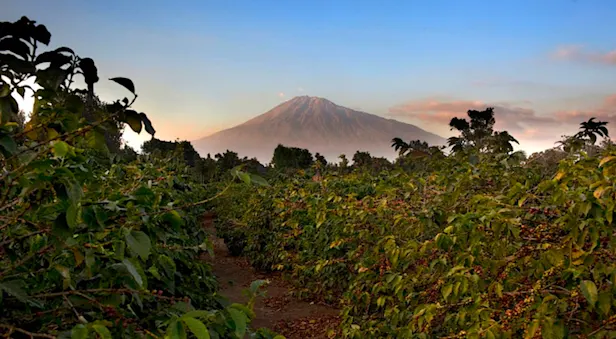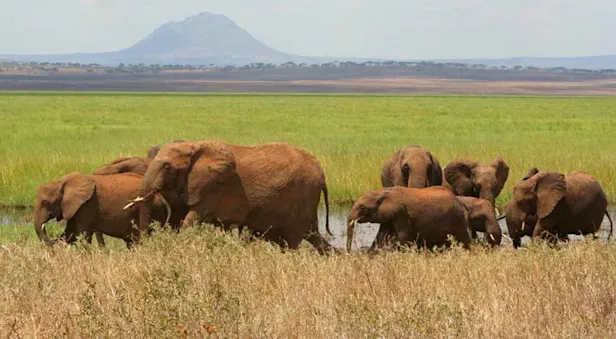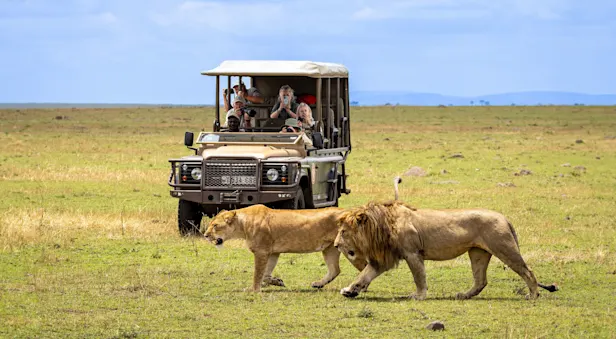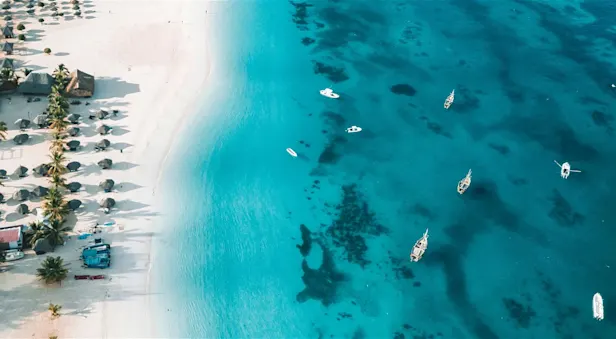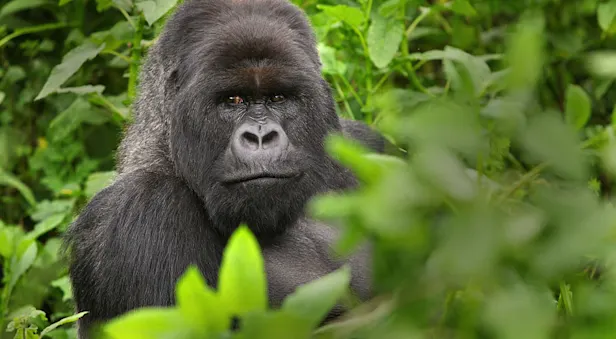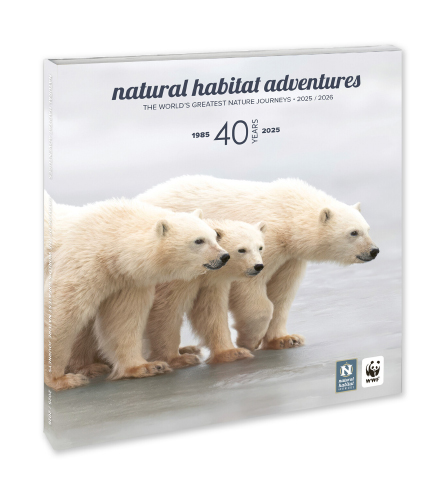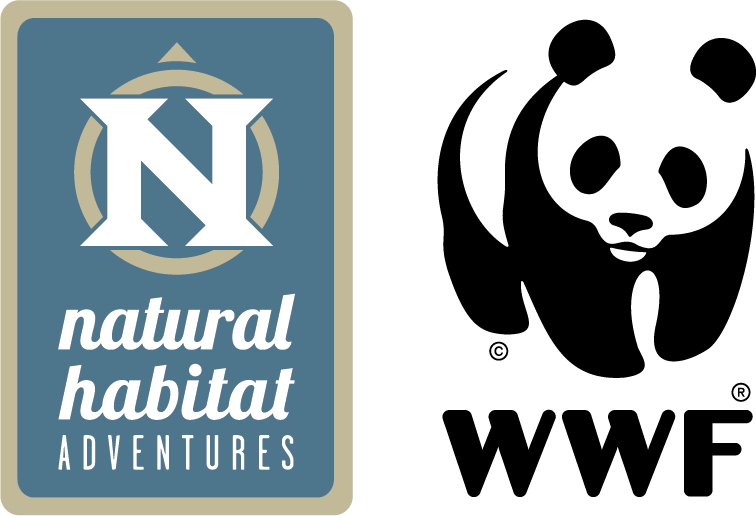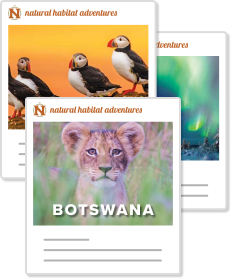December–February Itinerary
Arrive at Kilimanjaro Airport and transfer to a peaceful country lodge at the base of Mount Meru. Relax amid the ambience of a 1905 colonial farmhouse and lush gardens, surrounded by mature native forest where colobus and Sykes' monkeys play in the trees. If time permits, take a swim in the pool or enjoy a restorative massage in the open-air tent, serenaded by birdsong. As the afternoon wanes, sip a sundowner on the terrace in view of Mount Kilimanjaro before gathering for a welcome dinner this evening.
Day 2: Ngorongoro Highlands
We depart this morning for our lodge in the Ngorongoro Highlands, a verdant expanse of wild bush and agricultural land comprising the heart of Tanzania's coffee country. The three-hour drive offers beautiful views of the rural countryside, with rolling hills, farms and small villages along the way. At Karatu, a rural town near the Ngorongoro Crater and gateway to Tanzania’s wildlife-rich highlands, we visit a local primary school supported by Nat Hab’s philanthropy program where we meet the children and learn how our tourism dollars contribute to their education.
This afternoon, arrive at our elegant lodge where you may wish to take an optional tour of a coffee plantation—this is prime terrain for growing some of Africa’s finest beans in the moisture-laden, high-altitude cloud forest. Or choose to relax in the lodge’s lush garden, perhaps enjoying a swim or a massage before dinner.
Day 3: Ngorongoro Crater Safari
Leave very early this morning for one of Africa’s consummate safari experiences: a journey into the massive caldera that is the Ngorongoro Crater. We climb to the rim, then drop down the steep wall to the 100-square-mile crater floor. One of the Seven Natural Wonders of Africa, Ngorongoro Crater is the largest unbroken caldera on Earth—the center of a huge ancient volcano that scientists believe may have been larger than Mount Kilimanjaro. Twelve miles across and 2,000 feet deep, the crater is home to some 30,000 animals that live year-round inside its walls, attracted to its perpetual water sources.
Here in this veritable Eden, a wide variety of wildlife thrives within an ecosystem of abundant resources. Along with many mammals, flocks of pink flamingos cover the soda lakes, while large land birds like ostrich and kory bustard roam the grassy plain. Because of the crater's permanent supply of fresh water, it sustains the densest concentration of wildlife in Africa. Common sightings include elephant, buffalo, hippo, giraffe, zebra, blue wildebeest, eland, gazelle and waterbuck, while lion and hyena are abundant predators. A glimpse of the rare black rhinoceros is a special prize. Late this afternoon, we exit the crater and return to our lodge.
Days 4 — 6: Southern Serengeti—Nat Hab's Migration Camp

Fly this morning to Nat Hab’s private mobile camp in the southern Serengeti, the legendary savanna whose name derives from a Maasai word meaning "endless plains." Each season, we place our Migration Camp in an area the herds are known to frequent. The days of heavy canvas hunting camps set for the likes of Roosevelt and Hemingway were nearly over until photo safaris gained popularity in the 1970s. Our camp is redolent with that vintage atmosphere, with candlelight dinners presented on white linen and nothing between you and the night sounds of the bush but the walls of your tent.
While home to a profusion of wildlife year-round, there is nothing like the Serengeti during the phenomenon of the Great Migration. We spend three days among the sea of mammals, following them in 4x4 vehicles with pop-top roofs that offer superb photography access. Optional hot air balloon safaris with a champagne breakfast upon landing are also available (additional cost). During the annual short rains, some 2 million wildebeest trek from Kenya’s Maasai Mara to the southern Serengeti and back again, in search of new grass. They migrate with hundreds of thousands of zebra, whose superior vision serves as an early-warning system for predators. Gazelle and other antelope accompany the huge herds as well.
We are in the region during the time when zebra and wildebeest are giving birth, and the herds may be mostly stationary. The majority of baby wildebeest are born during a single 3-week window, after most zebra young have emerged, and we’ll hope to see infants (though timing on the calf drop is weather-dependent). Predators seek out the most vulnerable members of the herds, and we may witness a lion seize a sick wildebeest or a cheetah overtaking a newborn that has become separated from its mother. Leopard, hyena and jackal also prey on the migrating herds while vultures hang in the air, waiting to feast on carrion. While the spectacle is at times grim, its primal drama is a wonder to behold.
Days 7 — 9: East-Central Serengeti—Nat Hab’s Serengeti East Camp

Embark on a full-day game drive across the vast grasslands to our private camp in the Eastern Serengeti. Along the way, we'll pass the iconic Gol Kopjes, rugged rocky outcrops rising from the plains, known as "islands in a sea of grass." From the base of our exclusive bush camp surrounded by open range and kopjes, we take multiple game drives each day. Our private camp offers fabulous wildlife viewing in diverse habitats, particularly of the abundant feline predators that live and hunt in this area. It also provides exceptional seclusion away from crowds. From canvas tents shaded by giant acacia trees, survey 360-degree views of wildlife traversing the savanna, with more thrilling encounters in store on game drives.
Day 10: Arusha / Depart
This morning we fly back to Arusha and transfer to Ngare Sero Lodge at the base of Mount Meru, where a farewell lunch is served on arrival. Day rooms await in this peaceful setting, offering a chance to relax and refresh before your transfer to Kilimanjaro Airport for international departures this evening.
Physical Rating: Easy to Moderate
Interested in extending your trip? Link it up with another adventure!
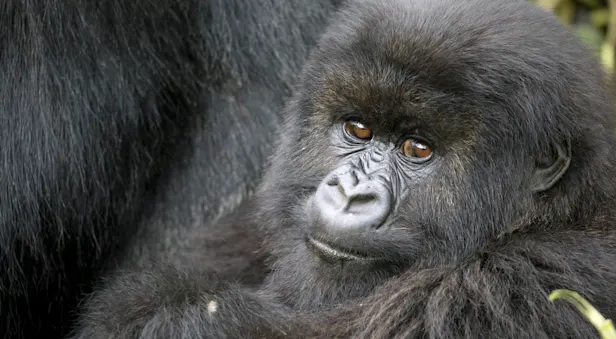
Uganda Mountain Gorilla Extension
On a 5-day safari extension in the rain forests of Uganda, track endangered mountain gorillas on one of the world's most moving and heartwarming wildlife adventures.
























